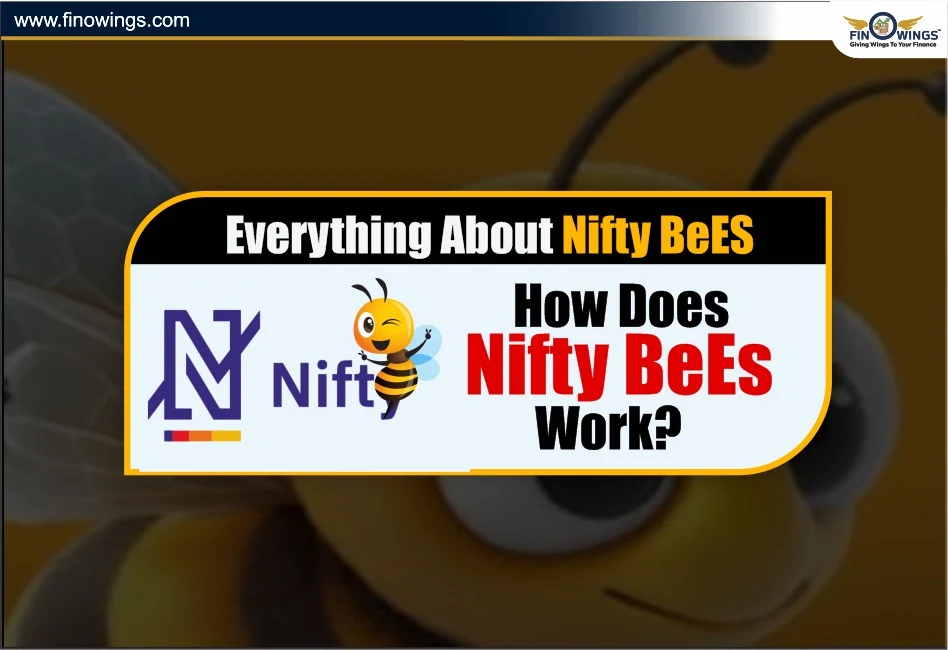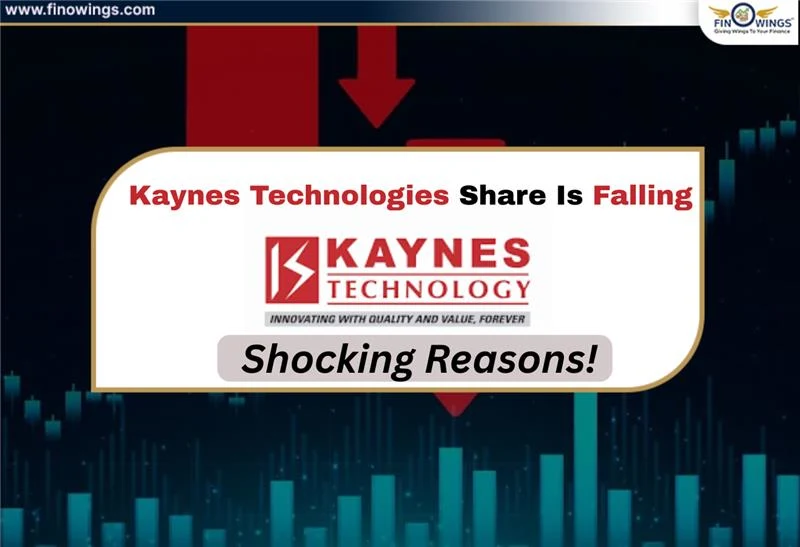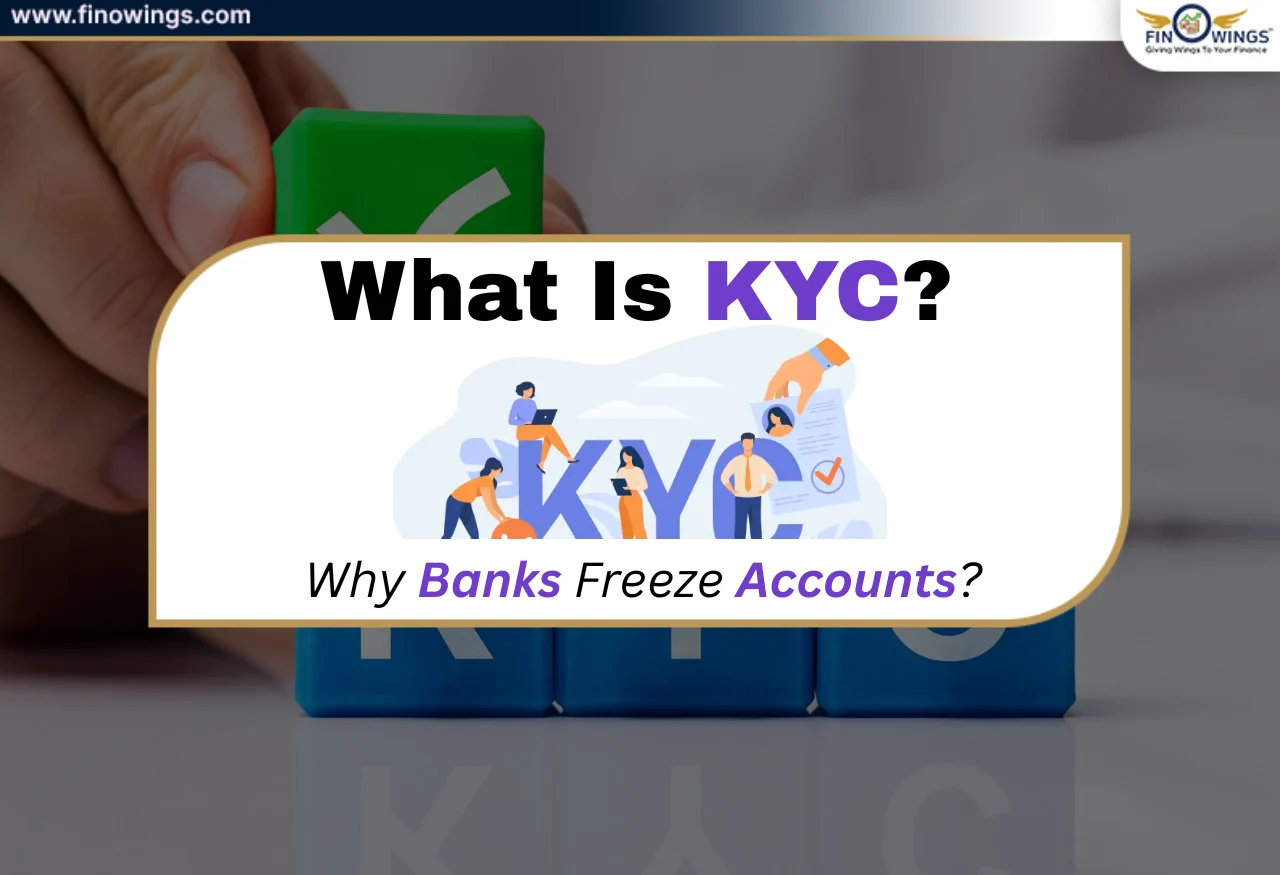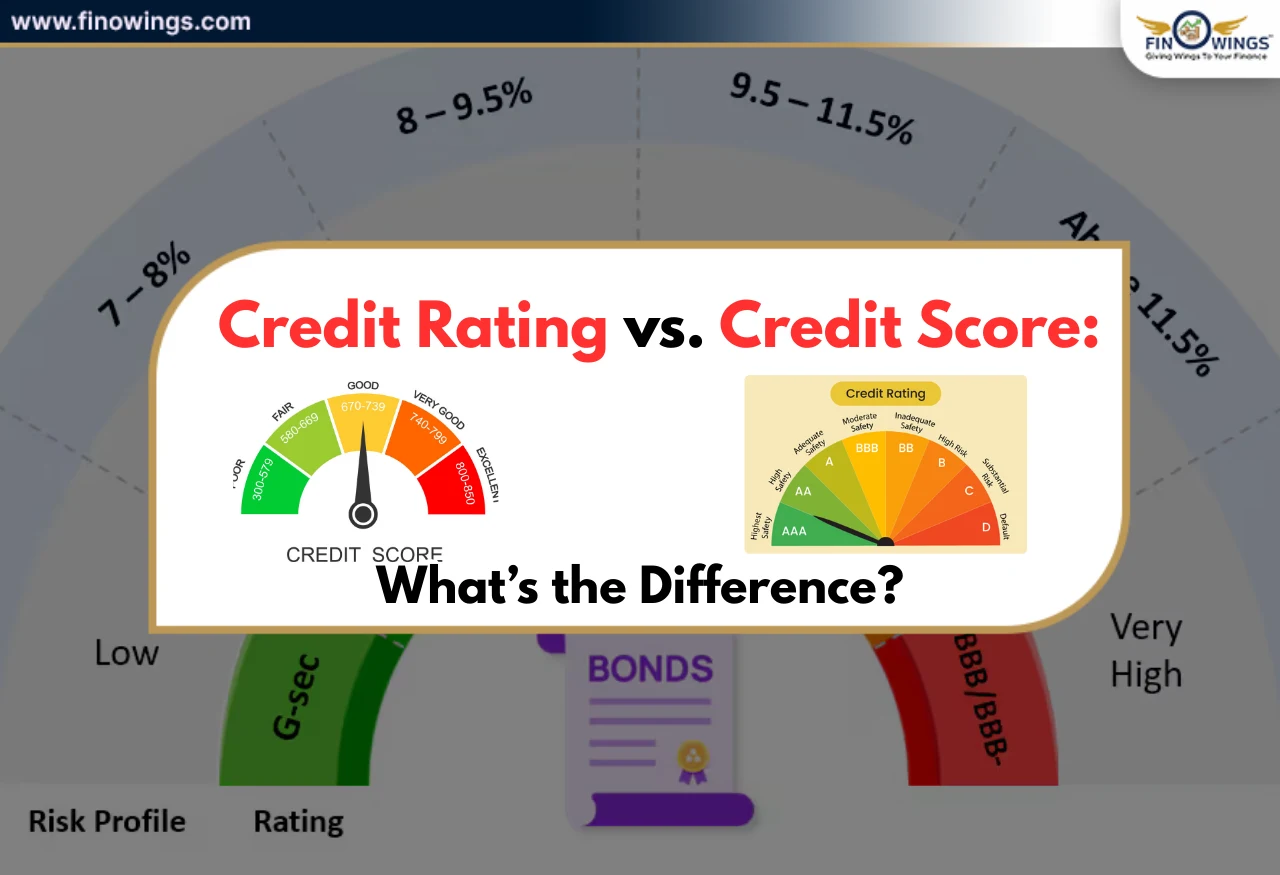Home >> Blog >> What is Nifty BeES? How It Works and Why It Matters
What is Nifty BeES? How It Works and Why It Matters

Table of Contents
If you're a beginner looking to invest in the Nifty 50 index without any hassle, you've come across Nifty BeES. It is one of the most common options available and is simple to use for novice investors in their index-based investments. In this blog, we will discuss Nifty BeES, how it functions, the advantages it offers, along with the Nifty BeES investment strategy to help wealth-building.
What is Nifty BeES?
Nifty BeES stands for Nifty Benchmark Exchange Traded Scheme. It was established by Nippon India Mutual Fund and is now acknowledged as the first ETF in India.
The top 50 businesses listed on the NSE are included in the Nifty 50 index, which is tracked by the Nifty BeES ETF.
This implies that participating in Nifty BeES entails investing in all 50 Nifty 50 companies such as TCS, Reliance Industries, HDFC Bank, and so forth.
Shortly put:
Nifty BeES = One fund that replicates the Nifty 50 index.
What Are Nifty BeES and How They Function?
To comprehend how Nifty BeES work, think of it as a mutual fund that can also be bought and sold as a stock. Buying a Nifty BeES unit gives you a proportionate stake in each of the 50 Nifty stocks that make up the index.
E.g. 10% of your Nifty BeES investment will be in Reliance shares if Reliance Industries owns 10% of the Nifty 50.
How Nifty BeES Works (Step-By-Step):
1. Composition: Nifty BeES holds every Nifty stock in the same proportion as the index, which is a total of 50.
2. Trading: Like any other stock, it is traded on the NSE (symbol: NIFTYBEES).
3. Price Variation: The Nifty 50 index directly influences the price of the Nifty BeES.
4. Dividends: Nifty BeES typically reinvests the dividends to pay you higher returns which is contrary to the practice in other funds.
Nifty BeES is directly proportional to the Nifty 50 index. If the Nifty is 26,000, Nifty BeES will be around ₹2,600.
Nifty BeES Investment Example
Imagine when Nifty BeES is at 26,000 and the Nifty 50 index at 26,000, you put in ₹26,000. When Nifty increases by 7.7% to 28,000, the value of your Nifty BeES will likely increase 7.7% too and be about ₹28,000.
This value increase is sufficient reason for budding investors to mirror index returns without having to actively manage a portfolio.
Why Nifty BeES Matters (All About Nifty Bees)
Nifty BeES was the first major step in passive investing for a lot of Indian investors. Before having access to Nifty BeES, investors had to buy individual stocks or index mutual funds, which was complex and time-consuming. Now because of Nifty BeES, Indian investors can:
- Easily Diversify: Gain access to the top 50 Indian companies with a single investment.
- Trade When You Want: Buy or sell at any time during market hours.
- Market Returns: No stock selection is needed to be made or fund manager bias to be systemised.
- Spend Less: Nifty BeES levies one of the lowest expense ratios (~0.05% per year).
Advantages of Nifty BeES
1. Diversification: Spreading risk in different sectors and companies.
2. Transparency: Investors can view holdings every day as it replicates the Nifty 50.
3. Liquidity: Simple to sell/buy online anytime from the NSE within trading hours.
4. Low Cost: It is less than half the price of an active mutual fund.
5. No Fund Manager Bias: Your returns are tied only to the Index performance.
6. Ideal for SIPs: It is easy to invest small amounts periodically.
Risks of Nifty BeES
-
While Nifty BeES is safer than individual stocks, it does carry market risk.
-
Your Nifty BeES value will decrease when the Nifty 50 index also drops.
-
It will never exceed the market - it will only index the market.
-
Your returns may suffer due to short-term volatility if you are forced to cash out.
-
Overall, the Nifty BeES investment strategy is best suited for more 5 to 10 years.
Nifty BeES and Other ETFs
If you're interested in Nifty BeES, you should take a look at these other ETFs that track different indices:
|
ETF Name |
Tracks Index |
Issuer |
|
Nifty BeES |
Nifty 50 |
Nippon India |
|
Junior BeES |
Nifty Next 50 |
Nippon India |
|
Bank BeES |
Nifty Bank |
Nippon India |
|
PSU Bank BeES |
Nifty PSU Bank |
Nippon India |
|
CPSE ETF |
CPSE Index |
Nippon India |
|
Bharat 22 ETF |
S&P BSE Bharat 22 |
ICICI Prudential |
This list of Nifty BeES alternatives allows you to take a step deeper into the themes of banking, PSU, or midcaps.
Nifty BeES Investment Psychology
This is how most people build their Nifty BeES investment strategy:
1. Long-Term SIP Approach: Investing a fixed amount each month allows you to reduce the impact of volatility.
2. Portfolio Core: Using Nifty BeES allows you to achieve the goal of capturing the growth of India's GDP and corporations.
3. Rebalance Annually: Complement Nifty BeES with debt ETFs or gold ETFs to keep the risk under control.
4. Tax Efficiency: Nifty BeES is classified as an equity product. This means that long-term capital gains are taxed at only 10% (after ₹1 Lakh gains).
Final Thoughts
To wrap up, Nifty BeES is clearly the simplest and most effective means of gaining access to the growth of the Indian stock market. It has affordable pricing, high degree of transparency, most importantly, considerable market returns for the limited effort that is required.
For new investors and long-term investors who want to invest in India, Nifty BeES should definitely be included as part of their portfolio to invest in. It is extremely versatile and can be used to set up Systematic Investment Plans (SIPs), as well as lump-sum and retirement investments. When you consider passive investments, remember that Nifty BeES allows you to access India’s most valuable companies through a single, sophisticated ETF.
DISCLAIMER: This blog is NOT any buy or sell recommendation. No investment or trading advice is given. The content is purely for educational and information purposes only. Always consult your eligible financial advisor for investment-related decisions.
Author
Frequently Asked Questions
ETFs are a sort of security that may be purchased and sold on an exchange similar to stocks, and they are sometimes credited with fusing the advantages of mutual funds and stock trading. A currency, resource, index, or underlying asset will all be tracked by an ETF. For example, nifty BeES, in this instance, follows the Nifty 50 index.
Like stocks, ETF shares can be easily purchased and sold on an exchange. However, the supply and demand dynamics determine the rate at which the ETF trades on the exchange. These reflect proportionate ownership in the underlying portfolio or basket of securities/ assets. Depending on what they follow, like an index, a commodity, a currency, or an investment strategy, there are several sorts of ETFs. ETFs aim to accurately track the progress of the underlying asset and give investors exposure to it.
One unit of the Nifty BeES has a face value of one rupee. By purchasing just one unit of Nifty BeES, an investor can quickly and easily diversify through 50 extensive stocks because every unit roughly equals 1/100 of the Nifty 50 index. Since the portfolio is passively handled, its composition is transparent, and there is no fund management bias.
As a result, Nifty BeES has one of the lowest expenditure ratios in India, which suggests that its costs are minimal. Moreover, since it is listed on an exchange, there are also no significant distribution expenses. Additionally, a no-load scheme is Nifty BeES.
Since Nifty BeEs is an ETF, it provides investors with diversity. Investors who purchase one unit of an ETF instantly receive diversity and risk dispersion because the mutual fund invests in 50 various firms. Additionally, investing in Nifty BeEs is cost-effective due to the 0.8% expense cap.
It is a relatively transparent investment because it replicates S&P CNX Nifty, and investors know the investment portfolio. Moreover, because it is traded on the NSE, it is straightforward to purchase and sell at a high level of liquidity. Additionally, the construction and redemption of portfolios in Nifty BeEs are done using an in-kind mechanism. As a result, it shields long-term investors from short-term investors' trading and extra expenses. As a result, they can be viewed as a wise investment.



















